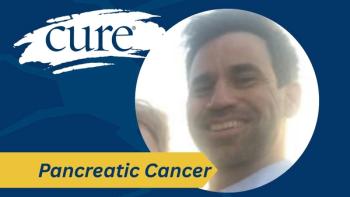
What is Breast Cancer Rehab?

Key Takeaways
- Cancer rehabilitation is underutilized and often misunderstood, despite its significant benefits for patients at all cancer treatment stages.
- Rehabilitation should be implemented from diagnosis to enhance treatment effectiveness and improve overall well-being.
Cancer rehab is a fairly new and growing specialty in the therapy world.
Cancer rehab is a fairly new and growing specialty in the therapy world. It is not widely known about, nor is it utilized enough. One of the first statements I often receive from patients on their first visit is, “I’m not sure why I am here, but my surgeon recommended it so I came.” A popular question from other healthcare providers is, “This may seem like a silly question, but what exactly do you do?” Even during my two years of working in a well-known healthcare system in a big city, coworkers within our own building did not know about cancer rehab or where we were located. It was quite frustrating, especially when it is a much-needed service.
Individuals recently diagnosed with cancer, going through cancer treatment, or navigating survivorship can all benefit from cancer rehabilitation. Studies have shown that rehabilitation has a positive impact on these patients and it should be implemented from the point of diagnosis. Even if your physician or oncologist does not recommend physical therapy, do yourself a favor and ask for it! Be an advocate for yourself. Being educated from the beginning of treatment can improve the effectiveness of your treatment, make you feel better during and after your treatment, and decrease your chance of recurrence.
Cancer treatment takes a major toll on your body—physically, mentally, and emotionally. Some potential physical side effects from cancer treatment may include:
- decreased movement
- decreased strength
- pain
- chemotherapy-induced peripheral neuropathy
- fatigue
- decreased balance
- scar tissue
- axillary web syndrome
- muscle tightness
- lymphedema
A physical therapist specialized in cancer rehabilitation can help guide you in safe exercises throughout your entire cancer experience and can provide hands-on techniques to reduce or treat these potential symptoms and side effects.
Physical therapy is not just about exercise, but research has shown that exercise has many positive impacts for those diagnosed with cancer, including:
- improving your physical function
- improving your quality of life
- providing you with a sense of control
- decreasing anxiety
- decreasing depression
- reducing cancer-related fatigue
- reducing your risk of developing lymphedema





